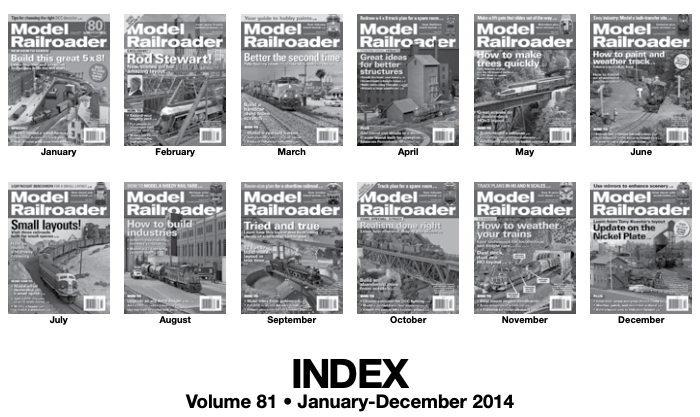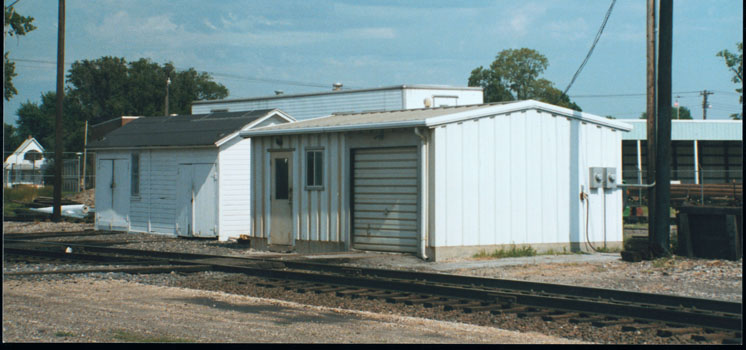
Railroad MOW sheds make easy scratchbuilding projects for a model railroad. In the article “A tale of two sheds” author Harold W. Russell describes two prototype railroad maintenance-of-way (MOW) sheds and includes scale drawings. Use the drawings and the article as a basis for a scratchbuilding project on your model railroad. Prototype drawings: Railroad MOW […]
Read More…
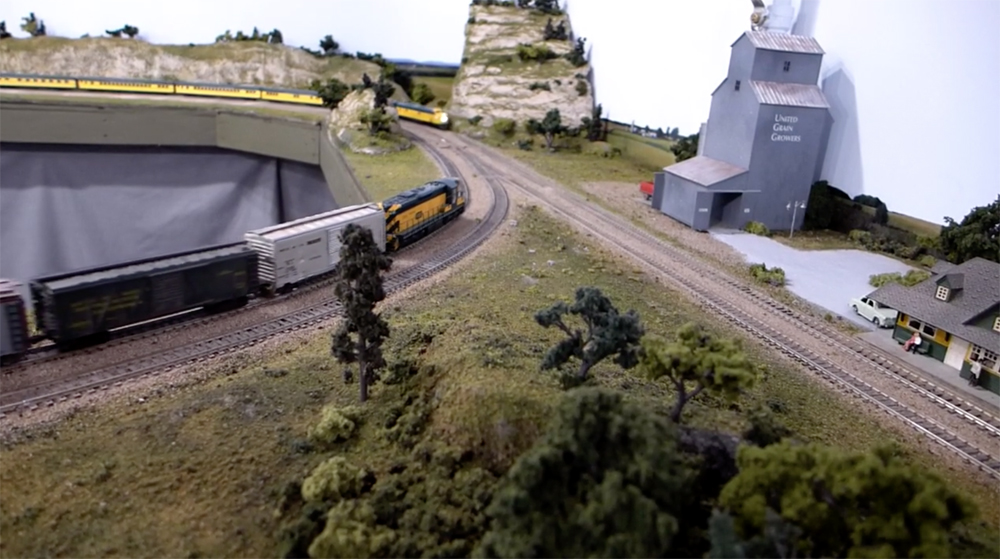
C&NW 400 HO model Passenger Train (Part2) from GBA Productions on Vimeo. This video shows two Broadway Limited C&NW E7As pulling eight brass Nickle Plate passenger cars on my C&NW model railroad. This is an update from an earlier video, with more scenery completed. In this version, the 400 stops at Lakeview station to pick […]
Read More…
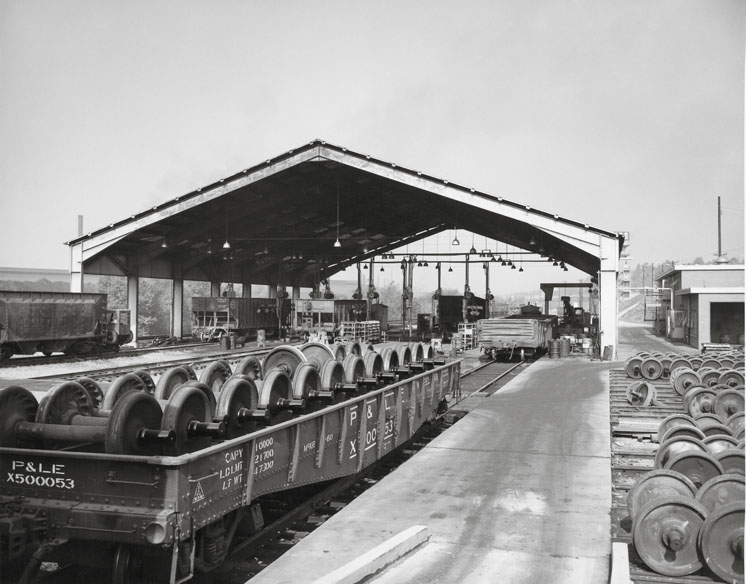
Railroad equipment sustains a great deal of wear and tear as the freight cars travel about the country. For this reason, all cars receive careful attention from car inspectors anytime they move through a yard or terminal. Car inspectors are trained to look for anything that’s wrong with a freight car, from damaged safety appliances […]
Read More…
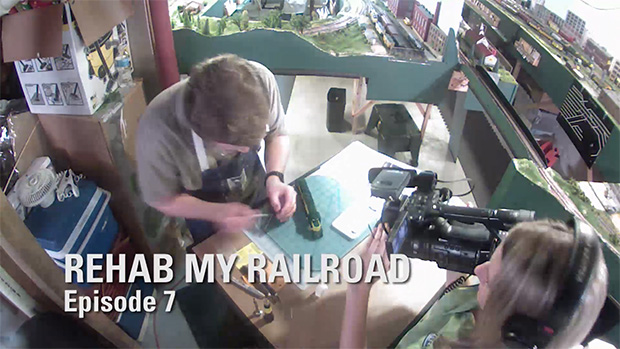
Having trouble viewing this video? Please visit our Video FAQ page There’s a lot to wrap up in this next to last episode of the Rehab season! David Popp finishes the street lighting project on Chuck Sable’s HO scale layout, while Cody Grivno gets things rolling on a locomotive detailing effort. But most importantly, […]
Read More…
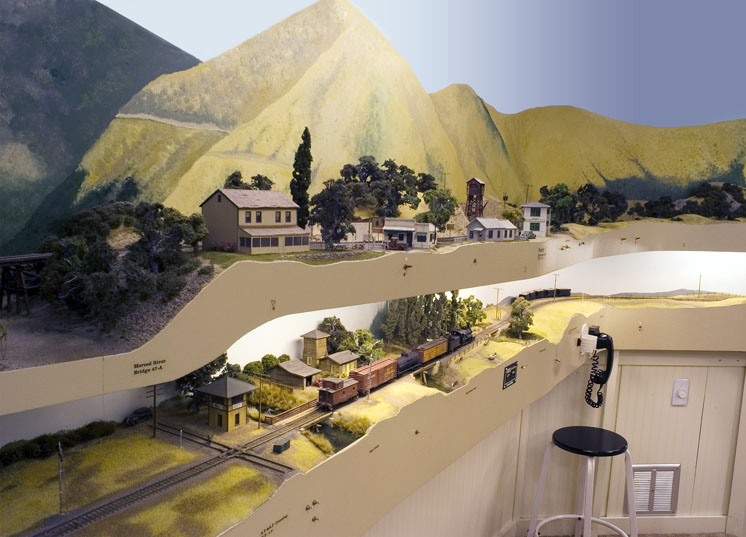
Builder Jack Burgess uses two layout decks on his HO scale Yosemite Valley RR to yield a long main line. Author Tony Koester discusses the key points he, Jack, and other successful builders considered before they began constructing double-deck layouts. Jack Burgess photo Why would anyone want, let alone need, a model railroad with more […]
Read More…
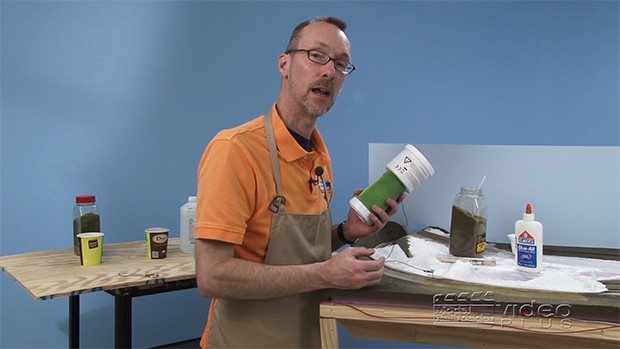
Having trouble viewing this video? Please visit our Video FAQ page In this video, David Popp demonstrates the steps for adding static grass that will help make your scenery texture appear more authentic – even in small spaces like those found on Model Railroader magazine’s 3 x 7-foot N scale Red Oak project layout. […]
Read More…
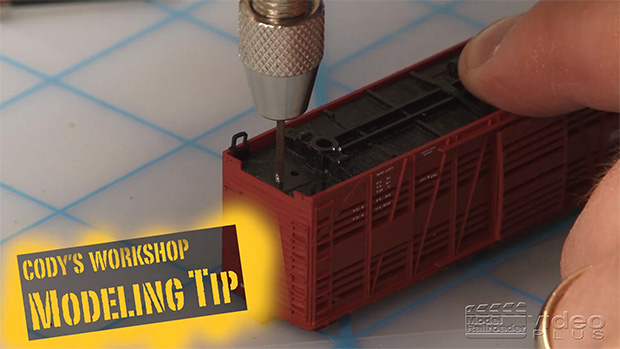
Having trouble viewing this video? Please visit our Video FAQ page Couplerpalooza comes to Cody’s Workshop this month! In this episode, Cody installs a body-mounted coupler and demonstrates how to use a tap in the process. Plus, he shares a quick technique for adding a painted sign to the side of a brick structure. […]
Read More…
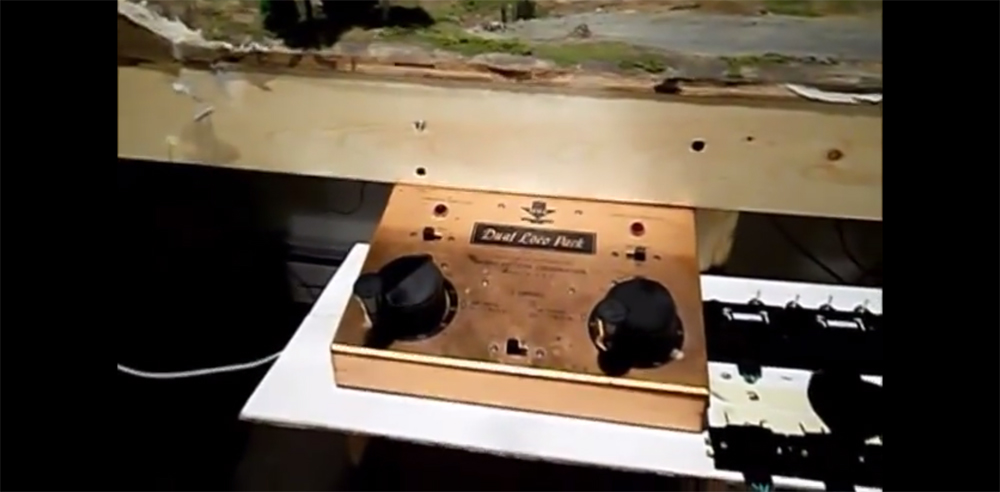
A simple and straight forward way to slow down those freight cars rolling down the grade, 1950s-type hump yard operations. […]
Read More…
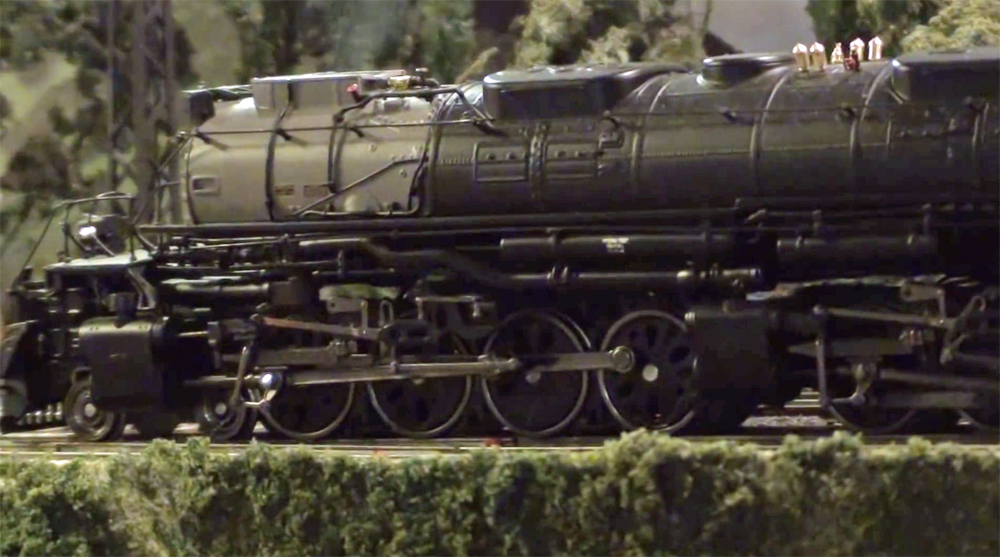
MTH HO scale Union Pacific no. 4006 Big Boy 4-8-8-4 hauling a reefer block around a model train layout set in 1954. […]
Read More…
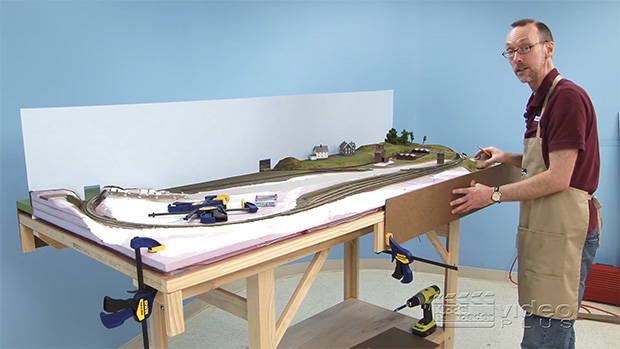
Having trouble viewing this video? Please visit our Video FAQ page One the quickest ways to give even a small layout a more finished appearance is to add a protective fascia around its perimeter. That’s exactly what David Popp did for Model Railroader magazine’s 3 x 7-foot N scale Red Oak layout. In this […]
Read More…
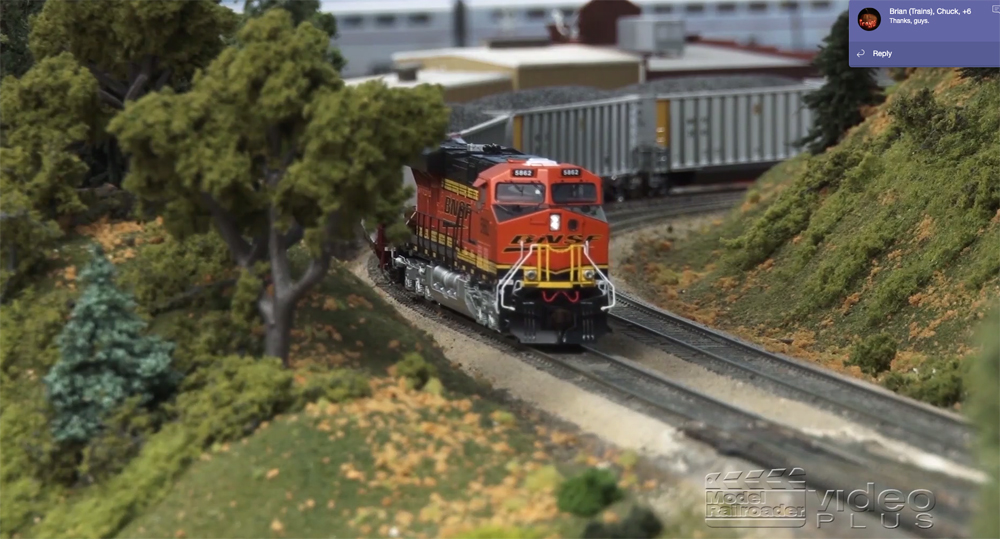
Having trouble viewing this video? Please visit our Video FAQ page In this MRVP exclusive video, Contributing Editor Andy Sperandeo uses MR magazine’s HO scale layout to demonstrate six helpful tips aimed at making you a better crew member during your next layout operating session. Coming from an “old head” like Andy, who’s operated […]
Read More…





